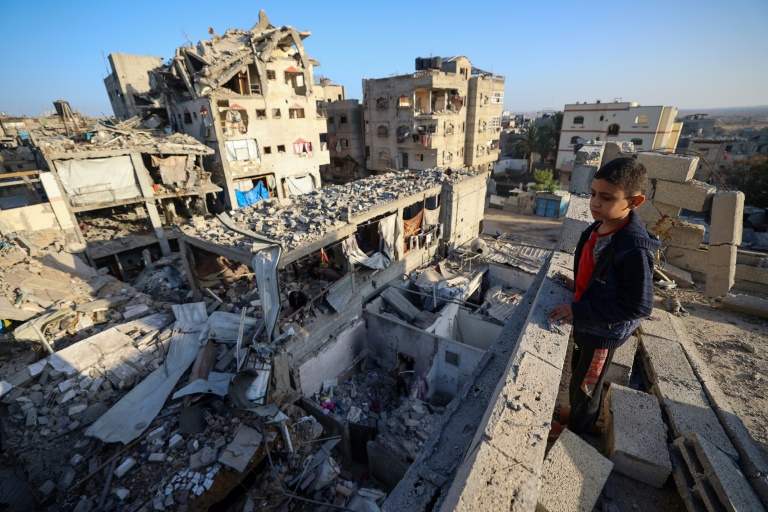
UPDATE: Top US envoys, including Special Envoy Steve Witkoff and Adviser Jared Kushner, have just arrived in Israel to address escalating tensions over the Gaza plan. Their visit comes as weekend violence threatens the fragile ceasefire established on October 10, 2023, which had halted over two years of conflict between Israel and Hamas.
Israeli officials confirmed the reopening of the Kerem Shalom border crossing for aid shipments into Gaza after a brief closure following the killing of two Israeli soldiers. In retaliation, Israel conducted numerous airstrikes targeting Hamas positions across Gaza, claiming the militant group violated the truce. Despite the violence, both sides have stated their commitment to the ceasefire, with President Donald Trump affirming its status during a press conference in Washington.
“We want to make sure that it’s going to be very peaceful with Hamas,” Trump declared, adding that the situation would be “handled toughly, but properly.” The urgency of these discussions highlights the precarious nature of the ceasefire, as the humanitarian crisis deepens in Gaza.
According to Gaza’s civil defense agency, at least 45 people were killed in Israeli strikes on Sunday alone, with hospitals confirming the casualties. The ongoing violence underscores the severe human toll of this conflict, which has already claimed the lives of approximately 68,159 people in Gaza, predominantly women and children, as reported by the health ministry in the Hamas-run territory.
Witnesses in Gaza described a scene of chaos and despair as strikes resumed. Abdullah Abu Hasanin, a resident, lamented, “The situation is as if the war has returned anew. We had hoped the agreement would hold, but the occupation respects nothing.” Images from the area showed civilians fleeing airstrikes, with many injured arriving at hospitals, accompanied by distraught relatives.
In a related development, US Vice President JD Vance urged Gulf Arab nations to establish a “security infrastructure” to ensure Hamas disarms—a crucial element of the peace deal. Under Trump’s 20-point plan, Israeli forces have repositioned beyond the so-called Yellow Line, but tensions remain high, with reports of Israeli troops firing on Gazans approaching these positions.
On the ground, Israeli forces are seen installing a line of yellow concrete blocks to solidify this new frontier within Gaza, raising concerns about the ongoing military presence. Meanwhile, Hamas has facilitated the release of 20 surviving hostages but faces challenges in recovering deceased individuals from under the rubble of bombed areas.
The reopening of the Rafah crossing—the main entry point into Gaza from Egypt—has been linked to the recovery of all deceased individuals. Hamas has requested time and technical assistance for this recovery, emphasizing the dire humanitarian needs of the population.
As the situation develops, attention shifts to the ongoing negotiations and the potential for renewed violence. With both the humanitarian crisis and the political stakes at an all-time high, the international community is watching closely.
Next steps: The situation remains fluid, and further developments are expected as US envoys engage in critical talks. The world awaits updates on the ceasefire’s status and the humanitarian efforts to aid those affected by this prolonged conflict.






